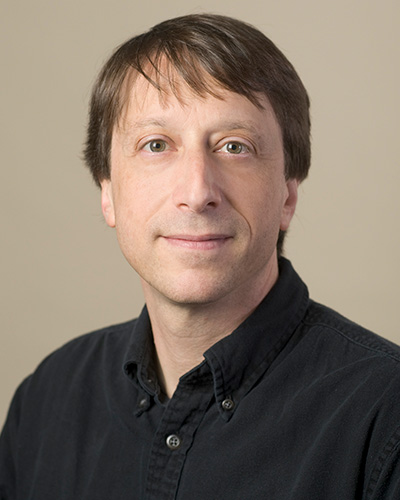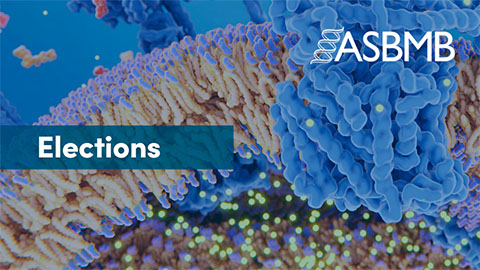In memoriam: William Weis
William “Bill” Weis, former chair of structural biology at Stanford Medicine, died Oct. 13 in Palo Alto, California. He was 64 and had glioblastoma.

Weis was born on June 10, 1959, in Queens, New York. In 1981, he received a bachelor’s degree in biochemical sciences from Princeton University. He earned a Ph.D. in biochemistry from Harvard University in 1987 and completed postdoctoral fellowships at Yale University and Columbia Medical Center. He accepted a faculty position at Stanford in 1993 and was appointed director of the graduate program of biophysics in 1999. He served as department chair of both photon sciences, in 2013, and structural biology, in 2014; he was also a professor of cellular physiology and held an endowed chair during his 30-year career at the university.
An article in the Stanford Medicine news center called Weis a “pioneer of molecular imaging” and he was noted for his expertise in X-ray crystallography; much of his work emphasized 3D structural composition of molecules in key regulatory pathways. His laboratory website highlights his interest in intercellular junctions and Wnt signaling, which has been shown to promote tumor metastasis through mutation of regulatory genes throughout the pathway. Weis’ work looked specifically at signaling processes involving Wnt/β-catenin, which under normal conditions is employed for embryogenesis and tissue homeostasis. Dysregulation in the
Wnt/β-catenin pathway can lead to health problems such as cancer and Type 2 diabetes. Weis’ recent notable publications also included topics such as 3D structural analysis of G-protein coupled receptors such as the β-2 adrenergic receptor, which is necessary for Wnt signaling.
Weis was a five-time recipient of Stanford’s outstanding preclinical teaching award, served on multiple journal editorial boards and was elected to the U.S. National Academy of Sciences in 2019. Additionally, he was a member of the American Society for Cell Biology, the American Crystallographic Society and other scientific associations. His involvement in the scientific community expanded knowledge of structural biology, and his discoveries remain foundational to the progression of preclinical research.
He is survived by his wife, Sharin Halfon, and two older brothers, Philip and Richard Weis.
Enjoy reading ASBMB Today?
Become a member to receive the print edition four times a year and the digital edition monthly.
Learn moreGet the latest from ASBMB Today
Enter your email address, and we’ll send you a weekly email with recent articles, interviews and more.
Latest in People
People highlights or most popular articles

Mapping proteins, one side chain at a time
Roland Dunbrack Jr. will receive the ASBMB DeLano Award for Computational Biosciences at the ASBMB Annual Meeting, March 7–10, just outside of Washington, D.C.

2026 voter guide
Learn about the candidates running for Treasurer-elect, Councilor and Nominating Committee.

Meet the editor-in-chief of ASBMB’s new journal, IBMB
Benjamin Garcia will head ASBMB’s new journal, Insights in Biochemistry and Molecular Biology, which will launch in early 2026.

Exploring the link between lipids and longevity
Meng Wang will present her work on metabolism and aging at the ASBMB Annual Meeting, March 7-10, just outside of Washington, D.C.

Defining a ‘crucial gatekeeper’ of lipid metabolism
George Carman receives the Herbert Tabor Research Award at the ASBMB Annual Meeting, March 7–10, just outside of Washington, D.C.

Nuñez receives Vallee Scholar Award
He will receive $400,000 to support his research.

